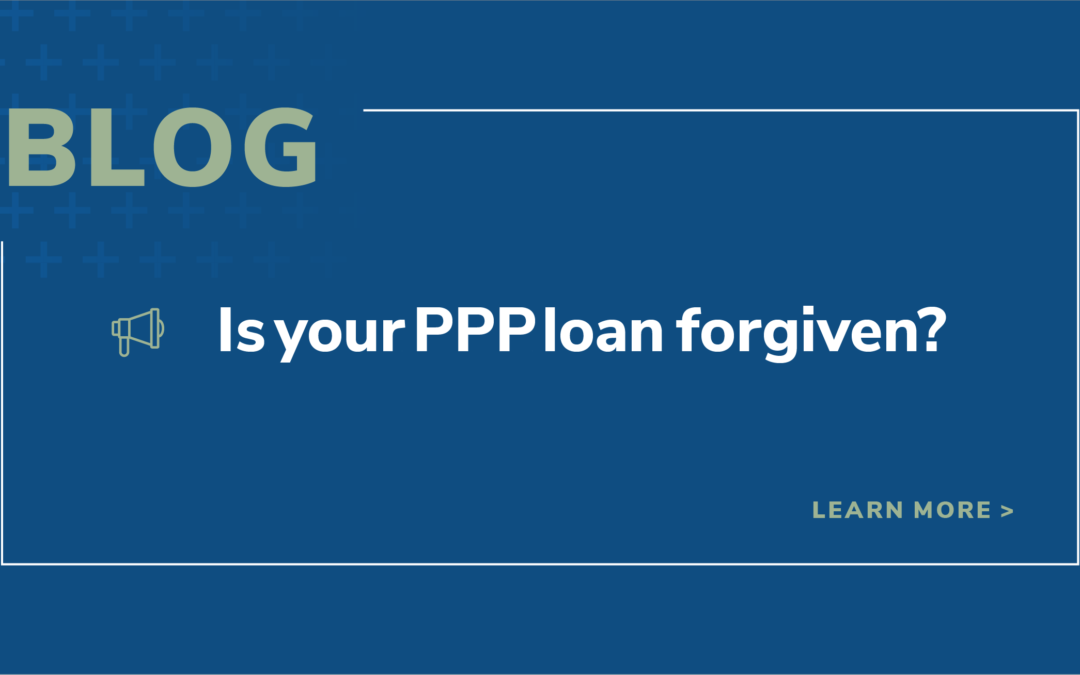A Guide to PPP Loan Forgiveness: What You Need to Know
The application for the Small Business Administration’s (SBA) Paycheck Protection Program (PPP), a fully forgivable loan designed to support small businesses in keeping their workers on the payroll during the pandemic, ended on May 31, 2021. If you have secured a PPP loan, you must keep track of the forgiveness expiration and the terms set by the SBA for eligibility. Here’s a brief guide on what borrowers have to know.
PPP loan forgiveness expiration
Though the PPP loan is forgivable, forgiveness is not automatic. According to the SBA, if you have secured a PPP loan, you can apply for forgiveness once you have used up all the money from the loan. Borrowers can apply for forgiveness any time up to the maturity date of the loan.
If you have received a PPP loan but do not apply for forgiveness within 10 months after the last day of the covered period, then your PPP loan payments will no longer be forgiven, and you will have to start making payments to your PPP lender.
PPP loan forgiveness terms
Full loan eligibility requirements for First Draw and Second Draw PPP loans are pretty much the same. Borrowers qualify if they have done the following during the eight- to 24-week period following loan disbursement:
- Maintained employee headcount and their compensation levels
- Spent the loan proceeds on payroll costs and other eligible expenses; and
- Used at least 60 percent of the loan on payroll costs
Payroll costs include all wages, employer-paid benefits such as sick leave and healthcare and retirement contributions, tips, bonuses, commissions, and hazard pays. However, for each employee, cash compensation eligible for forgiveness may not exceed $100,000.
Non-payroll eligible expenses, on the other hand, include operating costs, mortgage payments, rent or lease payments, utilities, property damage costs due to public disturbance vandalism or looting that are not covered by insurance, supplier costs, and workers’ protective equipment.
How to apply for PPP loan forgiveness
To apply for forgiveness, borrowers have to make sure that they have filled out the right application forms. The SBA has issued the use of one of the following:
- Form 3508S: A shortened application form for borrowers with PPP loans of $150,000 or less.
- Form 3508EZ: A simpler application form for borrowers with PPP loans of more than $150,000 who meet specific SBA requirements.
- Form 3508: The forgiveness application form required for borrowers who are not eligible to use either 3508S or 3508EZ.
Borrowers who are ready to apply for forgiveness have to work with their lenders, who will send the form to the SBA together with all necessary documentation provided by the borrowers. The SBA then will determine whether the loan qualifies for forgiveness.
Borrowers with properly filled out forms and complete expense documentation have a higher chance of getting their loans forgiven, so keeping good records of the expenses paid with the loan money such as bank account statements, third-party payroll service provider reports, tax forms, payroll tax filings, payment receipts, and invoices is critical.\
For more information, check out the SBA’s sheet for Frequently Asked Questions (FAQs) on PPP Loan Forgiveness.
If you require professional assistance in proving your PPP loan expenses, our team of experts at Stephano Slack will be happy to assist you. We offer a wide range of accounting services including bookkeeping and cash flow monitoring. Contact your trusted advisor today or send us a message at contact@stephanoslack.com. Visit www.stephanoslack.com/services to learn more about how we can make the forgiveness process easy for your business.


